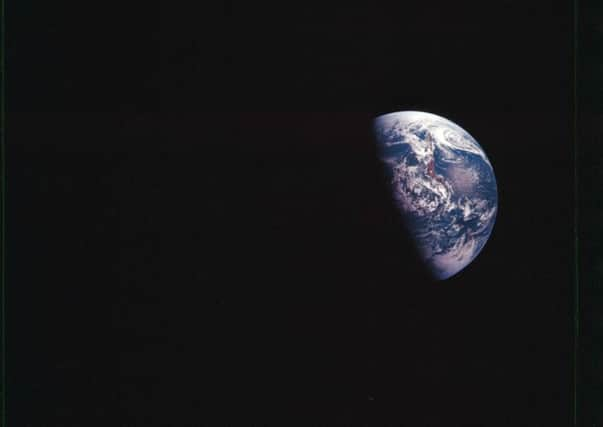Book review: The Planet Remade by Oliver Morton


The Planet Remade: How Geoengineer-ing Could Change The World by Oliver Morton | Granta, 428pp, £20
On Monday, the world’s leaders will gather in Paris and attempt to hammer out a new global agreement on climate change. The goal, of course, is to try to achieve an international commitment to reduce carbon dioxide emissions, but is that really the only way of preventing our planet from overheating?
Advertisement
Hide AdIn this fascinating, thoroughly researched and exceedingly convincing book, the journalist Oliver Morton argues that no, it isn’t. There are other ways in which we might avoid a climate catastrophe, or at least postpone it, and given how cheap and straightforward some of them could turn out to be, it’s frankly incredible that they aren’t already a key part of the debate that’s about to kick off in France.
The field of geoengineering offers a range of possible planet-cooling solutions, and some of them, admittedly, are wackier than the wildest imaginings of Arthur C Clarke. The relatively simple one Morton favours, however, is veilmaking – that is, using specially-designed high-altitude aircraft to spray sulphur particles into the upper atmosphere, creating a thin layer which would bounce back just enough sunlight to offset the effects of man-made global warming.
Morton ends his book with an inspiring yet also very reasonable-sounding projection of how veilmaking might work in practice, but first he takes great care to prepare the intellectual ground. Aware that many of his readers will be deeply, in some cases almost religiously convinced that the only way to prevent catastrophic climate change is to reduce man-made CO2 output, he offers a few sobering statistics.
“Half the computer models looked at for the most recent IPCC report,” he observes, “said that if the climate were to be kept below the two-degree limit, emissions would have to be negative by 2100. Humans would have to be actively taking carbon dioxide out of the air, rather than just refraining from putting any more in. So if people are serious about the two-degree limit, one or another form of geoengineering needs to be treated as a real possibility.”
Even the most committed environmentalist, in his or her heart of hearts, must surely accept that it’s unlikely we’ll be in a position in 85 years’ time when we’re actually reducing the amount of CO2 in the atmosphere. Still, many greens (and many non-greens) will be deeply uncomfortable with the idea of meddling with a natural system as fundamental as the climate. Here, though, Morton delivers his masterstroke, showing how we are already playing a major role in shaping the “earthsystem”, particularly in terms of the nitrogen cycle, which, since we started using nitrogen-fixing fertilisers in the early 20th century, we have altered far more radically than the carbon cycle we hear so much more about.
We are already inadvertantly engaged in massive geoengineering projects, Morton argues – we need to get our heads around that fact, and then we need to move quickly and sensibly to a point where we can start tweaking the earthsystem to our advantage.
Advertisement
Hide AdGeoengineering with veils, he writes, “is not an antidote to climate change.” Instead it should be viewed as a means of buying us a little extra time in which to get our carbon emissions under control. Is it really the answer to the climate crisis? Who knows. But should it be part of the conversation? Absolutely.